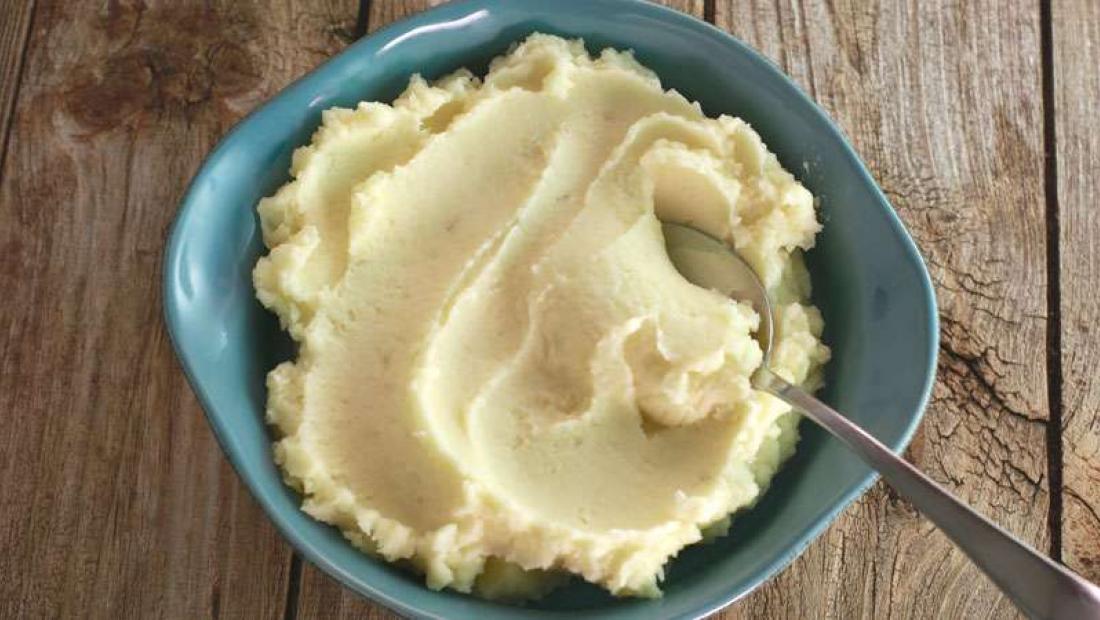Popular
Latest From the Show


Curtis Stone’s Garlic Mashed Potatoes

Q&A with Organizational Pro Peter Walsh + Dermatologist Shares A…

Actor Hank Azaria + Freezer Meals + Artichokes 2 Ways with Rach

See Inside Barbara Corcoran's Stunning NY Apartment + It's Steak…
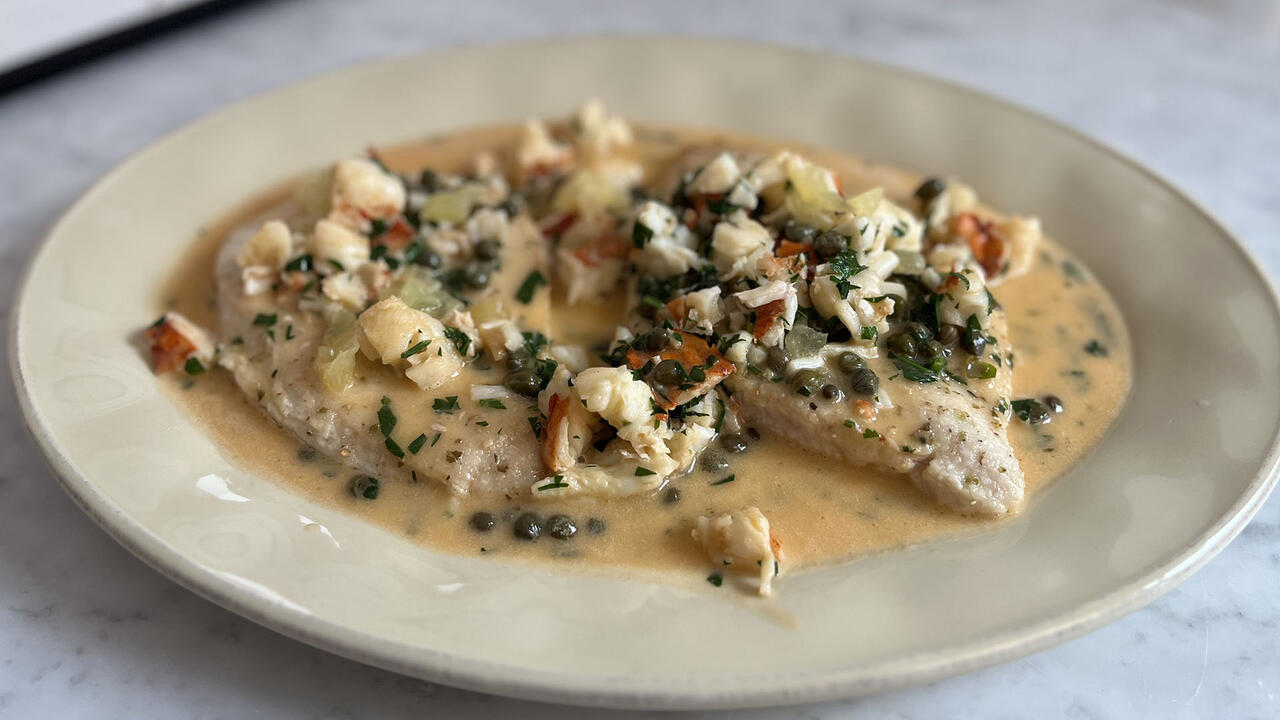
How to Make Chicken and Lobster Piccata | Richard Blais

Donnie Wahlberg Spills Details About NKOTB's First Ever Conventi…

Donnie Wahlberg + Jenny McCarthy Say Rach Is Such a "Joy" + Look…

The Best Moments From 17 Seasons of the Show Will Make You Laugh…

How to Make Crabby Carbonara | Rachael Ray
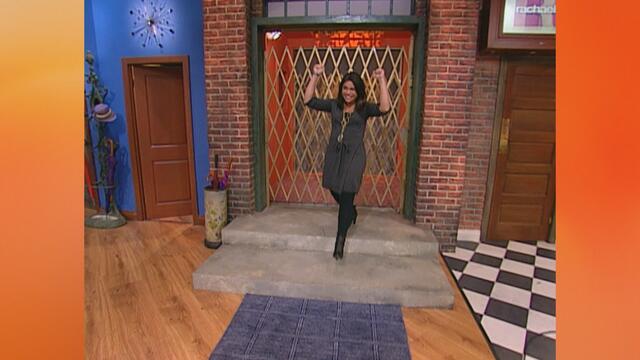
Rach Chats "Firsts" In Flashback From Our First Episode Ever In …
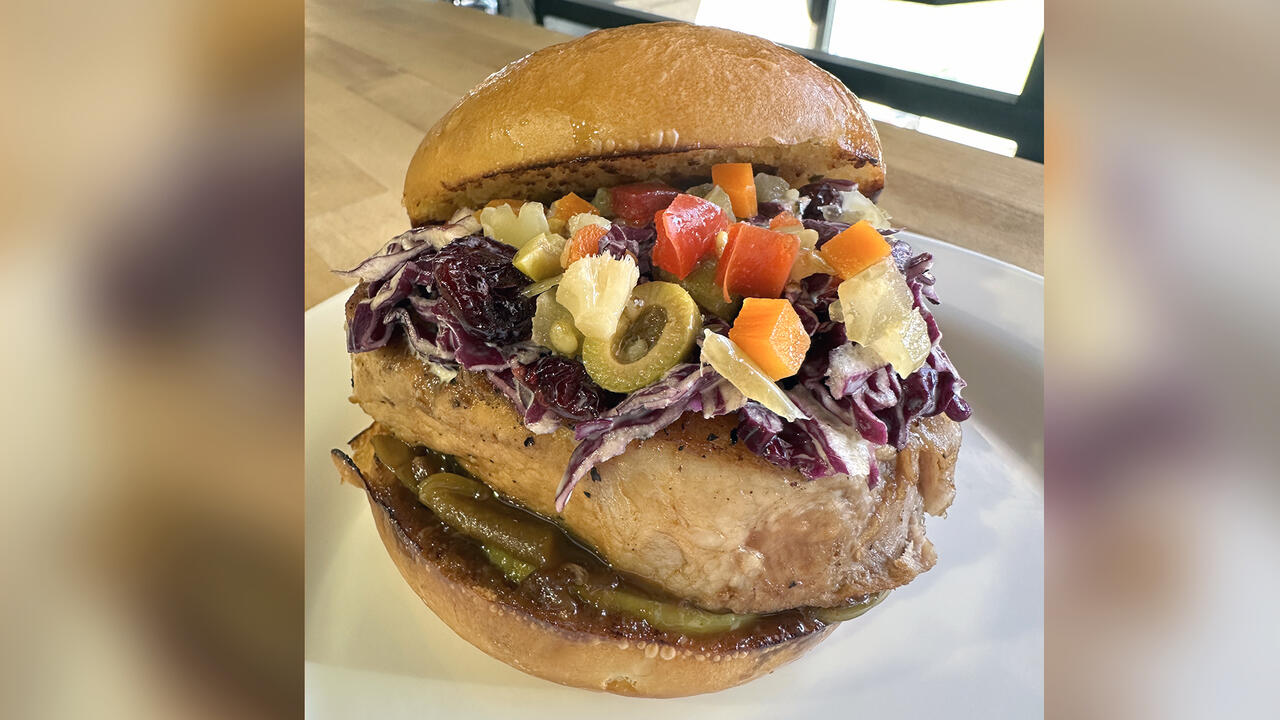
How to Make Apple-Cider Braised Pork Chop Sandwiches with Onion …

Rach's Chef Pals Say Goodbye to Show in Surprise Video Message
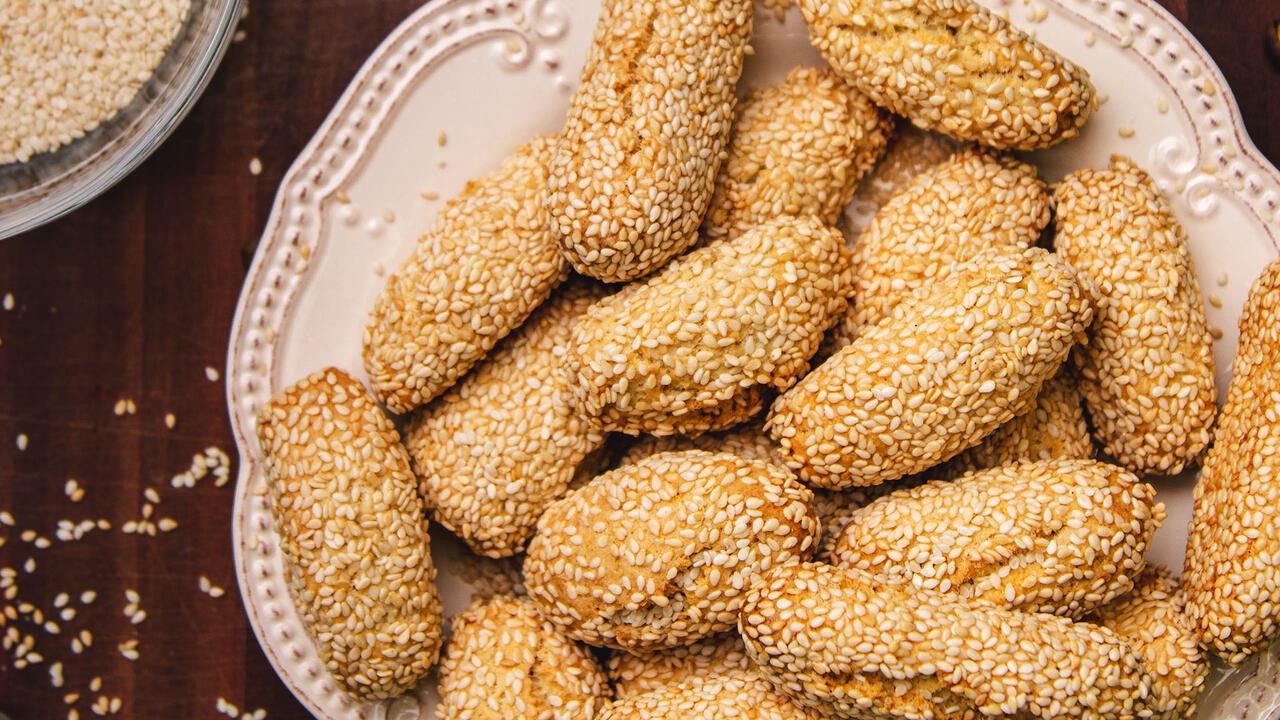
How to Make Sesame Cookies | Buddy Valastro
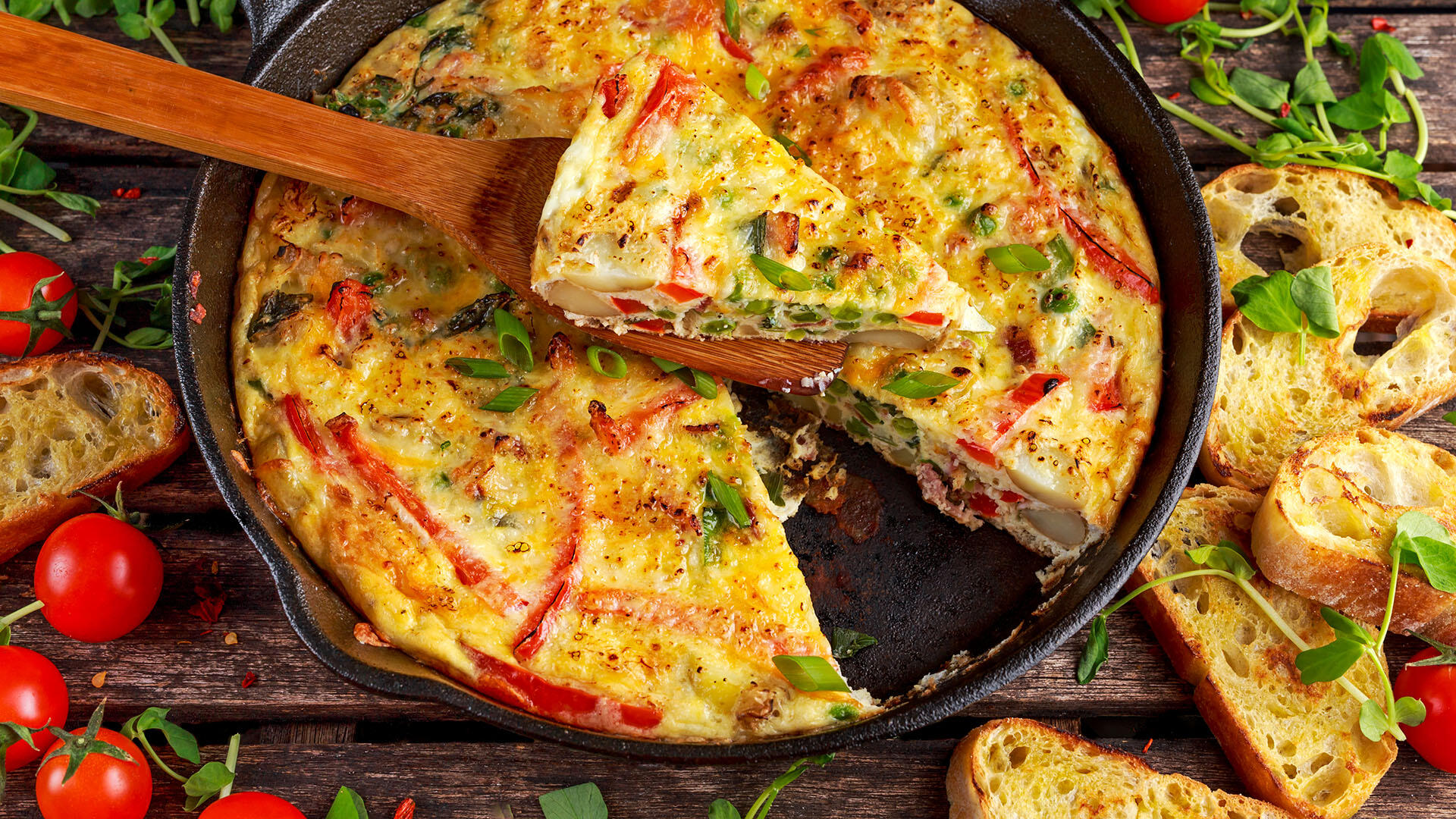
How to Make Tortilla with Potatoes, Piquillo Peppers and Mancheg…

How to Make Shrimp Burgers | Jacques Pepin

How to Make Spanakopipasta | Rachael Ray

Andrew McCarthy Chokes Up Discussing Emotional Trip to Spain wit…

Celebrity Guests Send Farewell Messages After 17 Seasons of the …

Celebrity Guests Send Farewell Messages After 17 Seasons of the …

Andrew McCarthy Teases Upcoming "Brat Pack" Reunion Special

Michelle Obama Toasts Rach's 17 Years on the Air With a Heartfel…
Ingredients
- 5 large russet potatoes (about 4 1/2 pounds), peeled and quartered
- 3 cloves garlic, peeled and left whole
- 3/4 cup (1 1/2 sticks) butter, room temperature
- 1 cup whole milk, warmed
- Salt and freshly ground black or white pepper
Yield
Serves: 4
Preparation
Place the potatoes and garlic cloves in a large saucepan and add enough cold salted water to cover them by an inch. Bring the water to a simmer over high heat then reduce the heat to medium and simmer for about 15 minutes, or until the potatoes are tender.
Drain the potatoes in a strainer and set the strainer over the hot saucepan to evaporate the excess steam.
Press the potatoes through a potato ricer or food mill. Put the potatoes in the saucepan, and reduce the heat to low, then mix in the butter. Whisk in enough of the warm milk to form a creamy consistency. Season to taste with salt and pepper.
TIPS:
You know when you eat in a restaurant and get those perfect, creamy, velvety mashed potatoes? Here’s how they make them at home.
First, you want starchy baking potatoes: Some potatoes are better for mashing than others. The starch content varies depending on type of potato; I recommend russets. It's all about the starch vs. water content. We need to strategically combat the potato's starchiness; both overcooking and undercooking will result in gummy potatoes.
My biggest caution is to keep all electronic appliances away from your mashed potatoes – a food processor, blender, and electric hand mixer will develop the gummy texture too.
Cooking your potatoes with the boiling method: Peel and quarter the potatoes. Rinse off the starch, evident when the stream is clear. Place the potatoes in a large saucepan and add enough COLD salted water to cover them by 2.5cm. Starting them in cold water helps them cook more evenly. THEN bring the water to a simmer over high heat, and then reduce the heat to medium and simmer for about 15 minutes, or until the potatoes are tender.
Testing for doneness: Test for doneness with a knife; it should slice through without difficulty and the potatoes should remain intact. The knife will slide off the potato when lifted. Don’t over-boil the potatoes, thinking if they fall apart they’ll be smoother. You don’t want them over saturated with water and falling apart in the water. That’s a bad thing.
Dry out the cooked potatoes: After they are cooked until tender and drained, place the strainer over the hot, steamy pot to dry them out a little by evaporating the excess steam.
For the smoothest results, use a ricer or food mill: Use a ricer or a food mill in order to reach the top level of lightness. When using a ricer, simply push the potatoes through the ricer in small pieces and stir in your added ingredients.
Keep the potatoes warm: After ricing the potatoes, keep the potatoes warm! Use warmed milk, cream, or half and half and tabs of room temperature butter.
Add the butter THEN the dairy: Put the potatoes in the saucepan, and reduce the heat to low, THEN mix in 4 tablespoons of the butter. When butter goes in before the dairy, the result is a silkier, creamier, smoother texture than when the dairy goes in first. Whisk in enough of the warm milk to form a creamy consistency. Add the milk slowly, and be careful not to overdo it.
Season to taste with salt and pepper.
For slightly more textured potatoes: A handheld potato masher is the tool of choice for this; a masher that breaks the potatoes up into smaller chunks will work better than a traditional wire masher.
Do not overdo it -- or you will enter the gluey stage.
Alternative Steaming Method:
Instead of boiling, steam the potatoes in an inch of water. Cooking the potatoes with the skins on helps prevents absorption of water by the starch molecules.
The time will vary depending on the quantity of potatoes -- somewhere between 20 to 30 minutes.
Now, peel the potatoes – it’s a bit easier than peeling when the potatoes are raw.
Return the cooked potatoes to the warm pan and allow any excess water to steam off.
Keeping Them Hot and Reheating Strategies
• Place the potatoes in metal bowl and cover with plastic wrap. Set the bowl over a saucepan of simmering water.
• A slow-cooker can serve as an excellent warming vehicle before your dinner.
• For reheating the next day, simply throw into a casserole dish, cover with foil, and reheat in a low oven until warm.



